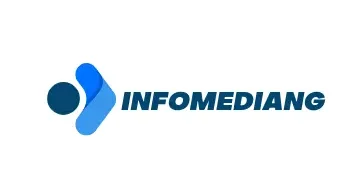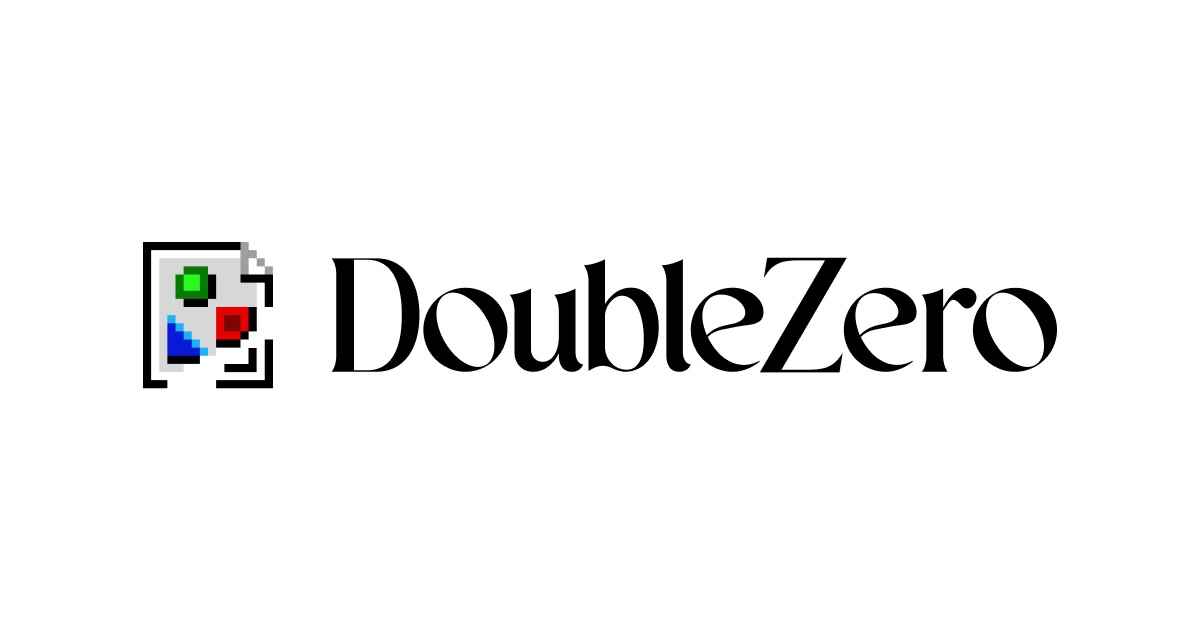The DoubleZero protocol has gone live with its mainnet-beta, introducing a high-speed fiber-optic network for blockchain traffic and launching its native utility token after securing a rare no-action letter from the U.S. Securities and Exchange Commission.
Highlights:
- DoubleZero’s DePIN network now connects 25 locations with 70 direct fiber links, cutting latency for blockchain transactions.
- The SEC said the project’s tokens do not qualify as securities, clearing the way for a public launch.
- The move marks a shift in regulatory stance after years of lawsuits and $426 million in litigation costs for crypto firms.
The new network, which debuted Thursday, is designed to bypass the public internet, a system DoubleZero founder Austin Federa says was “never built for high-performance systems.” Instead, it routes blockchain data directly between endpoints, reducing congestion and maximizing transaction speed.
“The downside of the public internet is that it was always built for one big server talking to one little server,” Federa said in an earlier interview, arguing that gaming and media streaming traffic create bottlenecks for distributed consensus protocols.
Thursday’s launch signals that blockchain infrastructure is maturing, moving away from dependence on public internet pathways that slow down digital networks.
The regulatory green light came earlier this week, when SEC commissioner Hester Peirce confirmed that DoubleZero’s tokens compensate node operators for work, not investment returns. “These tokens are neither shares of stock in a company nor promises of profits,” Peirce wrote.
Her comments contrast with the SEC’s previous enforcement-heavy approach, led by former chairman Gary Gensler, which cost crypto firms hundreds of millions of dollars in court battles.
By framing DePIN tokens as compensation for services, the SEC’s no-action letter could set a precedent for other blockchain projects seeking clarity.


